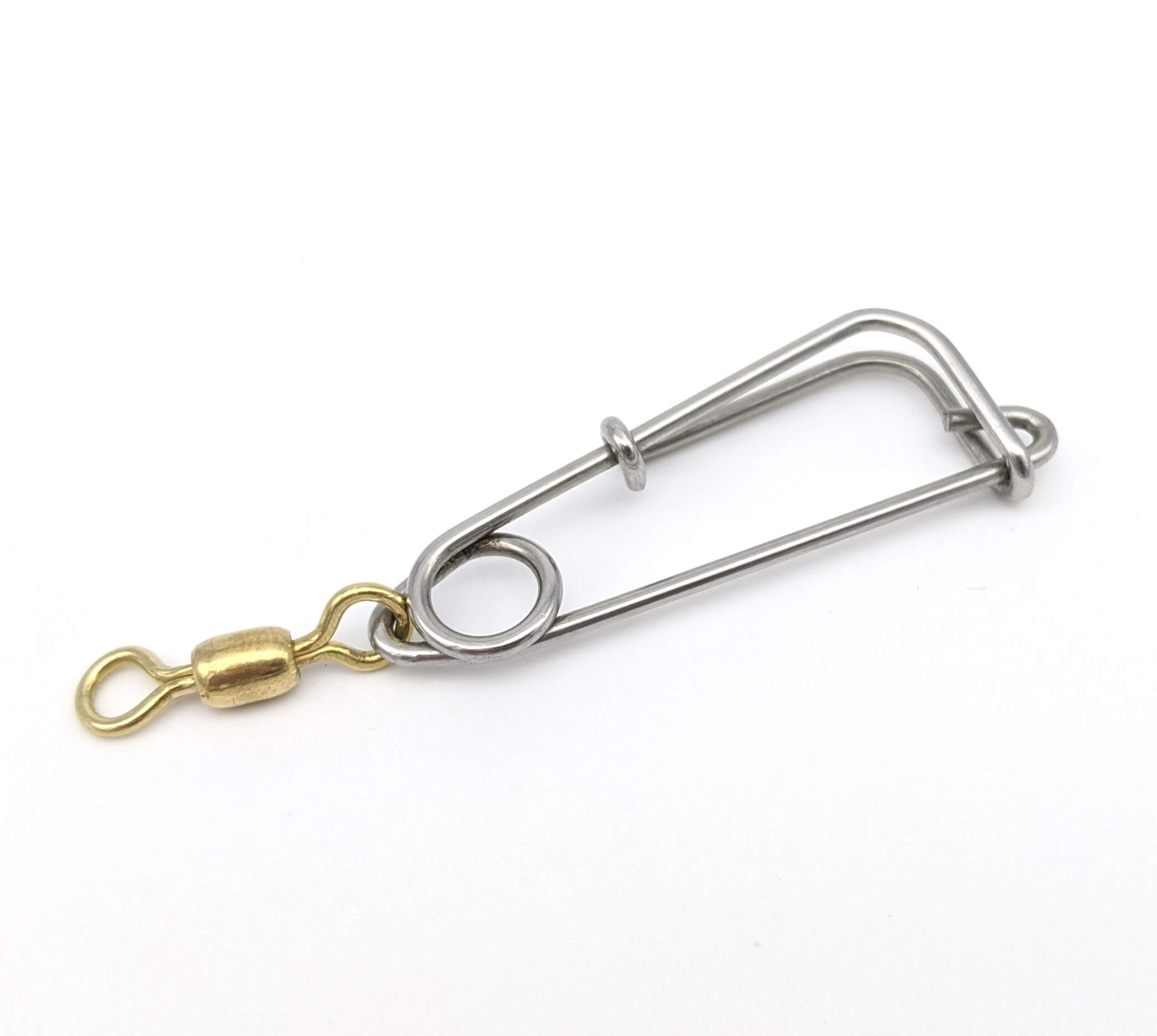Get unique, complex parts easily. No matter your requirements, Chaoyi Spring creates hard-to-produce coil springs and wire forms.
Let us help you create the custom wire form you need, from S-hooks and J-hooks to utility hooks and more.
We work closely with customers across a wide range of industries, helping them design and manufacture made-to-order parts.
Why choose Chaoyi Spring? We prioritize customer-focused collaboration, modern equipment and the latest technology to make your parts per print.
Find the information and guidance you need, from measuring a spring to learning about materials, placing an order and much more.
When working with springs, whether you're a mechanic, an engineer, or a hobbyist, having the right tools for the job is crucial. Spring compression tools are indispensable for safely and


When working with springs, whether you're a mechanic, an engineer, or a hobbyist, having the right tools for the job is crucial. Spring compression tools are indispensable for safely and efficiently compressing springs during assembly or disassembly tasks. This comprehensive guide will delve into the different types of spring compression tools available, their applications, and factors to consider when choosing the right tool for your specific needs. From basic hand-operated tools to specialized hydraulic presses, we'll explore the options to help you confidently handle spring compression projects.

Spring compression tools are designed to safely compress springs, allowing you to safely assemble or disassemble components that utilize springs. These tools are essential for various tasks, such as replacing shock absorbers in vehicles, repairing appliances, assembling mechanical devices, and working with spring-loaded mechanisms. Spring compression tools come in a variety of forms, each suited to different spring types and applications.
The world of spring compression tools offers a wide range of options, each designed with specific functionalities and capabilities. Here's a breakdown of the most common types:
Hand-operated spring compression tools are the most basic and widely used types. They typically consist of two arms that clamp onto the spring, allowing you to compress it by turning a handle or lever. These tools are ideal for small to medium-sized springs and are relatively inexpensive. They come in a variety of designs, including:
Hydraulic spring compression tools are designed for larger and more demanding applications. They utilize hydraulic pressure to generate significant compression force, making them suitable for heavy-duty springs used in vehicles, machinery, and other industrial applications. These tools offer several advantages, including:
Pneumatic spring compression tools utilize compressed air to power the compression mechanism. They offer fast and efficient spring compression, making them ideal for repetitive tasks in production environments. These tools are often used in industries such as automotive, manufacturing, and aerospace.
In addition to the standard types, specialized spring compression tools are available for specific applications. These tools may be designed to compress springs of unusual shapes, sizes, or materials. Some examples include:
When selecting a spring compression tool, several factors should be considered:
Working with springs can be dangerous if proper safety precautions are not taken. Here are some essential safety tips:
Choosing the right spring compression tool can make a significant difference in the safety, efficiency, and success of your project. By understanding the different types of tools available, considering the factors mentioned above, and following safety guidelines, you can confidently handle spring compression tasks. Remember, using the appropriate tool and prioritizing safety is crucial for successful and injury-free results.
With the right spring compression tool in hand, you'll be ready to tackle those spring-related tasks with confidence. Whether you're a seasoned mechanic or a curious DIY enthusiast, having a reliable tool for spring compression is essential for achieving optimal results and ensuring safety. Remember to choose a tool that's well-suited to your specific needs and prioritize safety practices to avoid any potential hazards.
Browse some of the custom wire forms and springs that we manufacture. Don’t see what you need? We specialize in made-to-order products that meet your application requirements.
Visit Our GalleryNeed a custom wire form or coil spring? We make it work. Fill out the contact form and a representative will respond within 1 business day. If you have a PDF or CAD file, you can submit to request a quote.